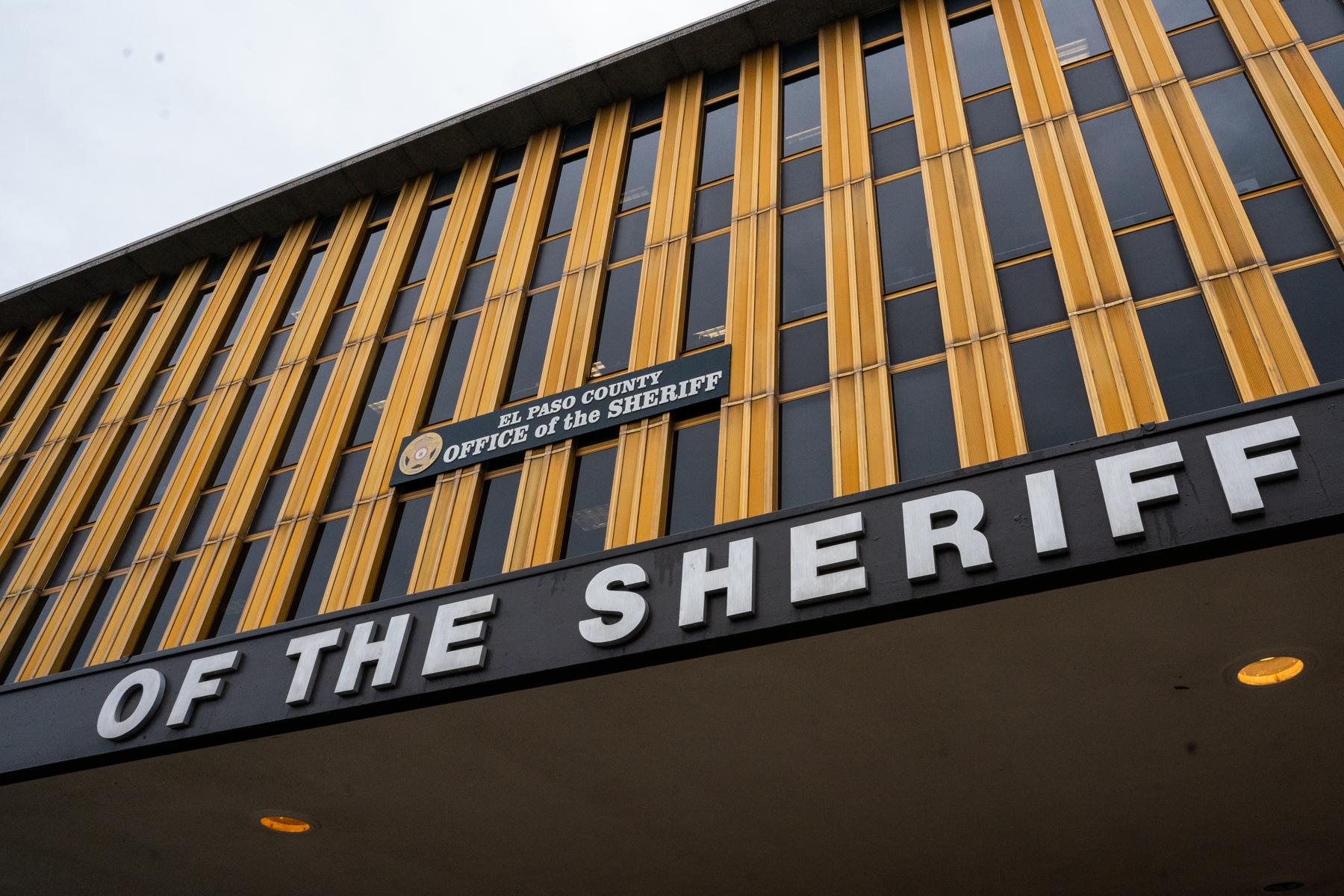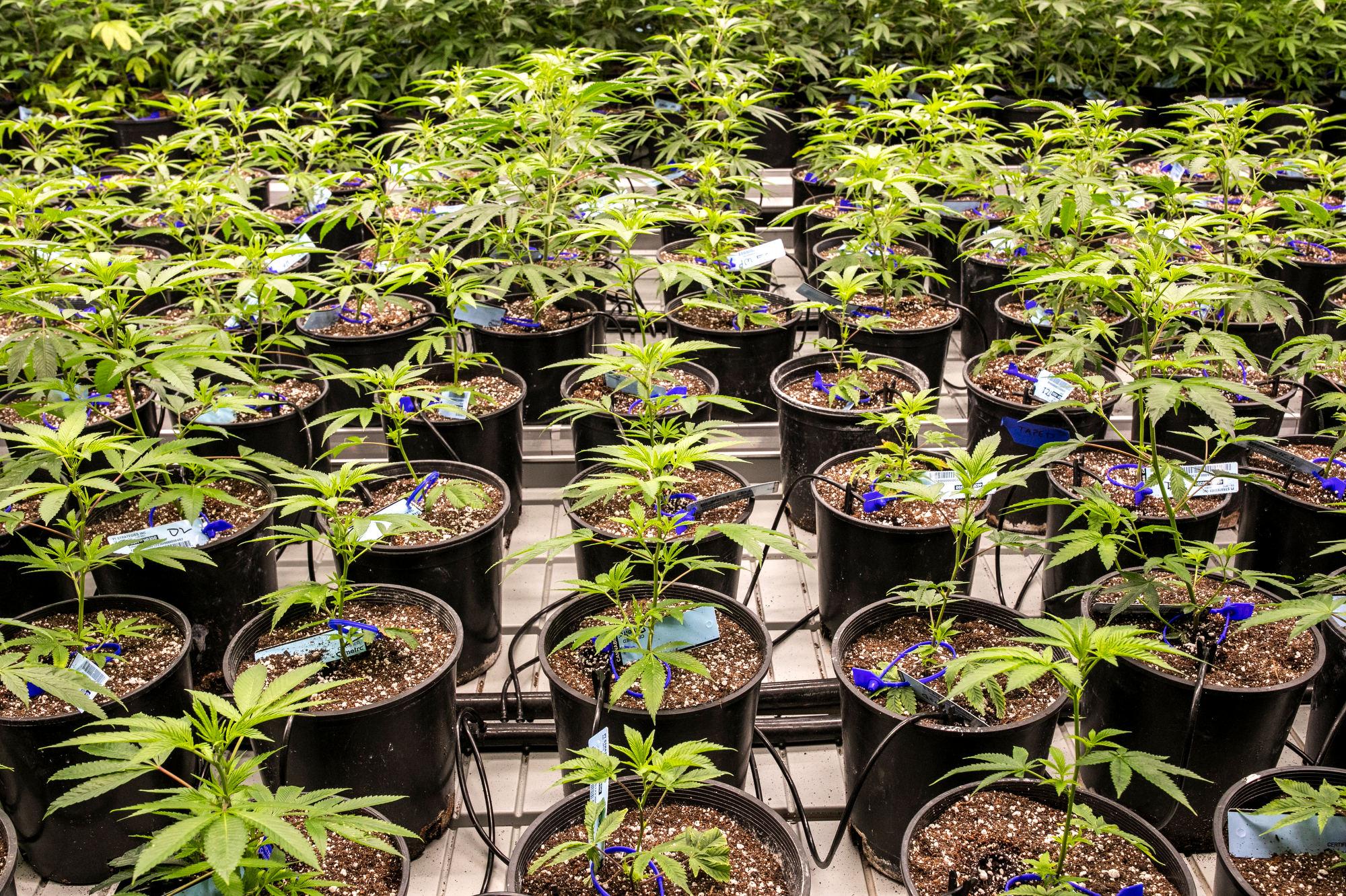A new study says Amtrak’s Southwest Chief passenger rail line puts $49 million a year into Colorado’s economy.
Last year Amtrak threatened to stop running the train through southeastern Colorado and use buses to cover that part of the route.
Jim Mathews leads the Rail Passengers Association, the national organization that commissioned the report. He said the so-called bus bridge is now off the table, but the research is important because it shows the rail line is a growth engine for the towns and counties it passes through.
“These communities are benefitting tremendously from the fact that there is a Southwest Chief service, and they would be harmed tremendously if that service were to go away,” Mathews said.
The formulas developed to do this study can be used to evaluate the socio-economic benefit of other long distance train lines around the nation.
The study was done by researchers at the University of Southern Mississippi and the RPA. It analyzes socio-economic benefits that the Southwest Chief brings to the eight states and 32 counties it passes through, and breaks them down on a county by county basis.
Researchers looked at the costs and revenue resulting from operating and maintaining the line. Among the benefits they include are jobs, visitor spending, and safer, less expensive travel.
They also looked at indirect effects like air pollution and highway maintenance costs, and social aspects such as accessibility to colleges, universities, and hospitals.
The study states that the section of the Southwest Chief route that runs from Albuquerque, NM to Dodge City, Kans. through southeastern Colorado serves:
-
A larger than average percentage of people under 18 and over 65 years of age, who often cannot drive, and for whom the train provides an important transportation.
-
Rural areas, where transportation environments and conditions, such as highway miles per capita, are on average poorer than in urban areas.
-
Counties with low median household incomes - under $35,000.
Mathews said the formulas developed to do this study can be used to evaluate the socio-economic benefit of other long distance train lines around the nation.








